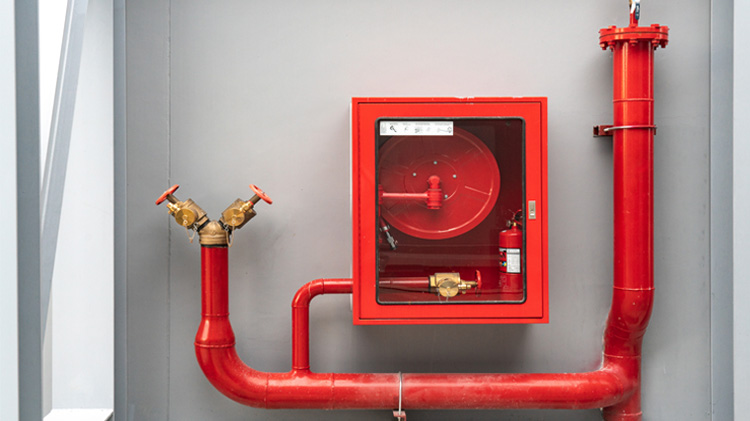Disaster preparedness for your business
Create a business natural disaster plan to protect your employees, secure assets and resume operations.
How can you create a business disaster plan?
As a business owner, you know there are challenges you can anticipate and others that hit with little or no warning. Don't let a natural disaster catch you unprepared.
Here are some disaster preparedness steps you can take to protect your employees, secure your assets and get your business back up and running in the event of a natural disaster.
Protect your employees against the unexpected with these disaster preparedness steps
The safety of all onsite employees and visitors should be your first priority:
- Take time to plan evacuation routes and exits from your facility and mark them.
- Install proper emergency lighting and exit signs to help show the way in case of power failure.
- Designate staff "safety wardens" to guide and assist any emergency efforts, including regular drills. Businesses should conduct emergency training exercises with all employees as frequently as needed to reinforce proper reaction times and responses.
- Identify appropriate shelter spaces, such as a basement or storm cellar, in your facility for emergencies that may require them. If there is no basement in your building, go to the center of a small interior room on the lowest level away from windows or outside walls, such as a closet or interior hallway. Make sure spaces are kept clear of items that would limit their capacity or safety.
For more information about emergency safety procedures, visit the Ready.gov website.
Secure your assets with a business disaster plan
Effective disaster preparedness means protecting your critical business assets. These may include your facilities, equipment, software and data. Depending on where you're located, there may be measures you can take to shore up your facility against natural disasters:
- Contact a qualified contractor to discuss risk mitigation construction techniques for your building or office.
- As an added precaution, you may also want to research places where you could temporarily relocate your operations if disaster strikes.
- Maintain a comprehensive, up-to-date inventory of the items and equipment used in your business. Consider capturing these assets in photographs or video and securing the images and inventory files offsite.
- Institute regular backup procedures for critical software and data to help ensure your business maintains access to the digital infrastructure it needs.
- Take a look at these natural disaster business preparedness checklists provided by the U.S. Small Business Administration to help you prepare in the case of a specific disaster.
A business disaster plan will help get you up and running
Following the disaster, you'll want to resume business as quickly as possible:
- Keep a name and telephone number list of contractors or repair firms who could make emergency temporary repairs or board up windows should some of your buildings be damaged.
- Maintain a list of key suppliers, creditors, customers and employees you need to contact about the state of your operation.
- Construct a financial plan to cover continuing payroll expenses and debt obligations.
Work with a local advisor to create a disaster and recovery plan that works best for your particular business. There is a free Disaster Preparedness/Business Continuity Toolkit, Open for Business - EZ, from the Insurance Institute for Business and Home Safety (IBHS), that is available. This helpful resource has an extensive checklist that helps business owners:
- Determine possible risks to their business,
- Identify important activities for continuation of the operation,
- Evaluate and manage risks within the organization,
- Develop a tailored recovery plan for your business, and
- Test and update the plan.




